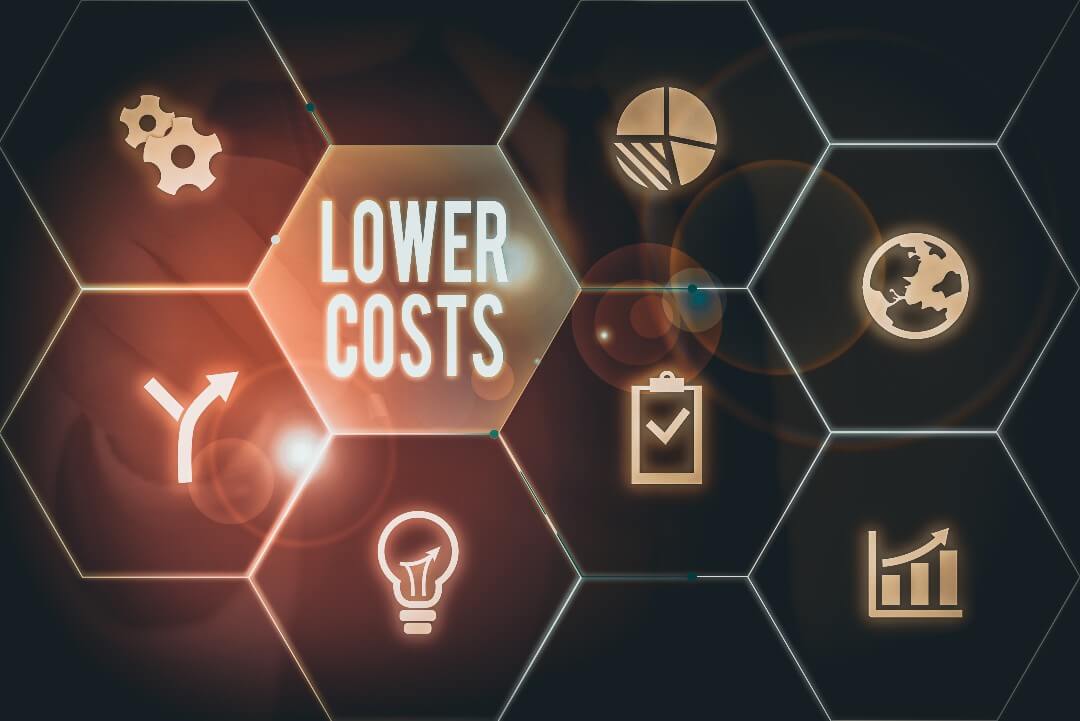Data analytics answers pressing questions and unlocks insights to deliver efficiencies. The right analytics allow decision-makers to identify trends and make better-quality decisions. They can make better strategies and understand the implications of each course of action better. The speed of decision-making also improves.
But not all analytics lead to better decision-making. Here are the four most effective types of data analytics that empower businesses.
1. Descriptive Analytics
Descriptive analytics identify patterns in raw data to clarify the current state of the matter under analysis. Companies use descriptive analytics to track
- Key Performance Indicators (KPIs). Measuring KPIs identifies how the company performs vis-à-vis benchmarks.
- Revenue reports
- Sales leads
Descriptive analytics describes what happened or will happen. Consider a seasonal surge in sales of a video game console. Descriptive analytics attribute the underlying reasons to school vacations. Such insights allow the company to plan for higher inventory during the following holidays. Enterprises applying predictive analytics remain proactive, and can seize opportunities fast.
Businesses apply descriptive analytics by:
- Determining the metrics to generate, depending on business goals. For instance, if analytics aims to identify growth, the apt metric is quarterly or monthly revenue increases.
- Identifying the data needed to calculate the metrics. Such data may lie scattered in many databases.
- Extracting, merging, and preparing the data. Many enterprises underestimate the importance of data cleansing to remove errors and inconsistencies. Inconsistent data leads to flawed insights. Advanced data analytics use modelling to prepare, arrange, and organise data and make it actionable.
- Analysing the Information. Apply business intelligence (BI) software and other tools to analyse the cleansed data.
- Generating reports. Opt for appealing output, such as pie charts, bar charts, or line graphs. Descriptive analyses go hand in hand with data visualizations. Charts, graphs, and maps communicate data trends in a simple and user-friendly way. Decision-makers identify dips and spikes and probe underlying reasons.
2. Diagnostic Analytics
Diagnostic analytics takes insights to the next level by deciphering “why it happened.” It identifies correlations among variables to unearth causal relationships and coexisting trends.
Diagnostic analytics gets to the root of the issue or the underlying cause of an outcome. It identifies connections between data and detects activity patterns to unlock business opportunities.
For example, descriptive analytics identified a spike in sales of video game consoles. Diagnostic analytics digs deeper. The analyst identifies the console users’ age group as between eight and eighteen years of age and the buyers’ age group as between 35 and 55 years. Digging deeper, the analytics identifies the main reason customers buy the console as gifts for their children. The business could then launch a marketing campaign centred on gifting to boost sales further.
Likewise, diagnostic analytics could identify the reason for machinery breakdown as improper usage. The improper use may be complex operating switches and poor user manuals. Business managers applying data analytics could go back to the drawing board and redesign the user console.
Businesses apply diagnostic analytics by:
- Drilling into a dataset to unearth specific details about the data components causing the observed trends. Analysts delve deeper into sales data to identify the products, regions, customers, or channels driving sales.
- Mining data to identify patterns and correlations. For example, insurers may mine data to identify the causes of increased insurance claims. High-end data mining projects use machine learning.
- Correlation analysis to study the extent to which several variables connect. For instance, sales of ice cream spike on hot days.

3. Predictive Analytics
Descriptive analysis describes “what it is,” and diagnostic analytics reveals “how it happened.” Predictive analytics delves into the future and shows “what will happen.”
It correlates historical data with industry trends to predict what will happen next. For instance, diagnostic analytics establish parents gift game consoles to children during holidays. Predictive analytics plots a trend that expects similar spikes during the next holiday season.
Predictive analytics is invaluable in strategy formulation. It identifies if a trend will continue and, if so, the pace and intensity of the trajectory. Enterprises who apply predictive analytics remain ready to take the right decision at every opportunity.
Predictive analytics depends on statistical modelling. The accuracy of predictions depends on high-quality, thorough data. Businesses get started with predictive analytics through the following steps:
- Identify the business use case fit for predictive analytics. Popular use cases include risk assessments, sales forecasting, and customer segmentation.
- Identify the information needed.
- Create basic proof-of-concept prototypes. Get the opinion of end-user beta-testers and other stakeholders from such prototypes.
- Incorporate predictive analytics solutions into workflows, procedures, and decision-making processes. Develop applications that enable end users to visualise predictions and take action.
- Update to resolve bugs and make incremental updates.
4. Prescriptive Analytics
Prescriptive analytics guides decision-makers on what to do next. This analytics considers all factors connected to a scenario and suggests takeaways.
For instance, a marketer could run an A/B test with two ads. One ad could target parents and other children in the video console example above. The test data guide marketers to focus their efforts on parents who make the purchase or children who want the product.
To conduct prescriptive analytics,
- Identify the problem or the use case
- Secure top management buy-in. Prescriptive analytics is time, cost, and resource-intensive and needs top-management support to sustain.
- Decide the model and the technology. The most common options include decision trees, regression analysis, and neural networks. Many enterprises apply ML algorithms to analyse large data volumes, with “if-then” and other rules.
- Get the data ready. The process invariably needs a data scientist.
- Develop a neat and robust user interface.
- Test and roll-out the model.
These different types of data analytics are not mutually exclusive. Enterprises often use all these analytic types in tandem to get a complete picture and make informed decisions.
Today’s businesses miss out big time if they make decisions without analytical insights. Data analytics, used the right way, improves organisational learning and performance outcomes. Lack of critical insights leads to loss of opportunities or inability to understand the red flag that stands in the way of obvious choices.
Check “Seven Ways AI and Analytics Solve Supply Chain Disruption“












